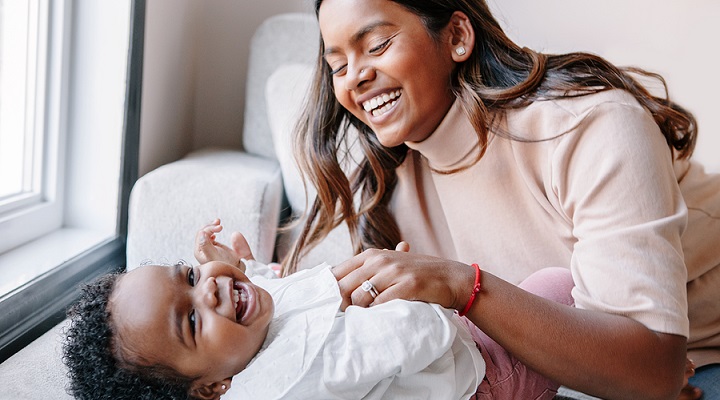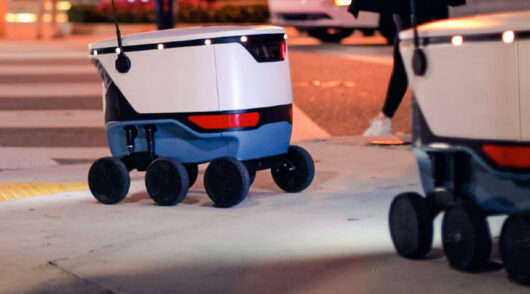There’s a saying that when life gives you lemons, make lemonade. While this may not be the exact phrase Baby Bunting would use to describe its recent digital transformation, it is an apt one, given the ambitious project grew out of a major tech failure.
In 2019, Baby Bunting relaunched its e-commerce site on a new platform that was intended to give the specialty retailer more digital features and functionality. But it was plagued with problems, and the business had to revert to its old website.
The retailer ended up writing off the entire cost of the $3.2 million endeavour and starting over. Except this time, instead of just replatforming, it took a whole new approach to e-commerce and transitioned to a headless architecture.
A headless architecture enables businesses to use different solutions for every aspect of their website, such as search, personalisation and the shopping cart, rather than having a single piece of software with a few bolt-on applications for specific business functions.
This gives businesses greater freedom to choose best-of-breed technology solutions, rather than being limited to ones that work with their underlying platform. It also means software updates are less onerous and disruptive, since each solution can be updated independently.
But while the benefits of moving to a headless architecture were clear to Baby Bunting, so were the risks. At that time, headless was still a relatively new concept in Australian retail, and there were few examples of how to do it.
It meant the retailer would have to embark on a sweeping tech project while keeping its decade-old e-commerce site up and running amidst an unprecedented boom in online shopping.
Flying the plane, rebuilding in the background
Baby Bunting’s general manager of digital Rod Williams, who joined the business in June 2020, describes the level of complexity in cinematic terms.
“Whilst we were flying the plane, we were frantically rebuilding in the background,” he told Inside Retail.
“The [old] e-commerce platform had actually served our growth really well over 10 years, but we’d absolutely outgrown it. Like a baby wearing something two sizes too small, we were bulging out of it.”
For much of 2020, the digital team worked on improving the old site, halving the page-load speed and quickly expanding click-and-collect to meet the rise in demand for contact-free shopping.
As new and expectant parents, Baby Bunting’s customers were particularly concerned about minimising their exposure to Covid-19, and this can be seen in their rapid adoption of online shopping.
Baby Bunting’s online sales, including click-and-collect orders, grew 54.2 per cent in FY21, to $90.8 million, representing nearly a quarter of the retailer’s total sales.
But these Band-Aid fixes weren’t going to hold up forever. The retailer still desperately needed a permanent solution to its digital problems.
“We had to work out what we were going to do around the replatform. That problem wasn’t going away,” Williams recalled.
Going all-in on headless
In February 2021, the board approved the transition to a headless architecture, and Williams got to work. Early on, he realised that the freedom to shop around for the best solution for every aspect of the website required some tough decision-making.
“There are almost unlimited ways you can piece this together. That’s quite confronting. Will I pick the best way and or the right way? It’s fair to say that we had to course correct a few times,” he said.
Still, the team managed to launch an early version of the site in New Zealand in just four months, and after spending the second half of 2021 testing and learning, it rolled out the new site in Australia in January.
According to Williams, who ranked 22nd in Inside Retail’s Top 50 People in E-Commerce this year, Baby Bunting is already seeing positive results.
“We’ve seen a significant improvement in how customers are engaging, but also what they’re buying online. We’re seeing bigger basket sizes, improved conversion, and our customers are enjoying the fact it’s a more reliable experience,” he said.
However, he says the real competitive advantage of the platform will emerge as new technologies become available in the future.
“We laid a foundation that would not lock out any option in the future. That’s where we believe there’s a competitive advantage, because when someone comes up with an amazing personalisation service, we can absolutely consider that with confidence.”
Investing in omnichannel
An improved conversion rate is just the beginning of what Baby Bunting hopes to accomplish with its new headless commerce site; it is at the heart of the retailer’s omnichannel roadmap.
Baby Bunting has already expanded its loyalty program from a store-only offer to one that works across stores and online, and it is currently in the process of implementing a distributed order management system that will enable it to offer two-hour store-to-door delivery and other services.
“We’ve got a customer base that we know that’s valuable for,” Williams said, noting that click-and-collect isn’t always convenient for parents.
“How do we address more of the need-it-now moments when you don’t want to put the kids in the car and come and click and collect? How do we get you nappies when you really need it now? How do we get you a cot if you need it in a hurry because bub’s arrived early and you don’t want to build it? It’s [about] expanding our range of delivery experiences to better meet the needs of our customer.”
Over the next few years, Baby Bunting plans to continue leveraging its store network for delivery, expanding its loyalty program to include better rewards and benefits, and growing its online range.
“This is day one for us. We’ve got an exciting roadmap to grow the customer offer,” Williams said.
A blessing in disguise
Looking back, Williams sees Baby Bunting’s digital debacle as a blessing in disguise.
“The advantage sometimes of these things not working out is that tech moves quickly,” he said.
“We had plotted the previous course in 2017, 2018. Back then, headless was great if you were Amazon, or you had the resources of Walmart. For a retailer like Baby Bunting, it was like, ‘No, we’re going with the proven option’.”
By the time the proven option had turned out to be a big disappointment, headless commerce had moved from a bleeding-edge technology to a leading-edge technology and started to see uptake among local retailers like Adore Beauty.
One of the key reasons Williams felt comfortable building a headless commerce site was the existence of the MACH Alliance, a global network of solution providers that have all agreed to make their technologies interoperable.
“We had tremendous support along the way from vendors who contractually had no obligation to work together, but basically, started actively working to make this a reality,” he said. “I think that’s the biggest shift that I saw, and what made it realistic and achievable for us.”






